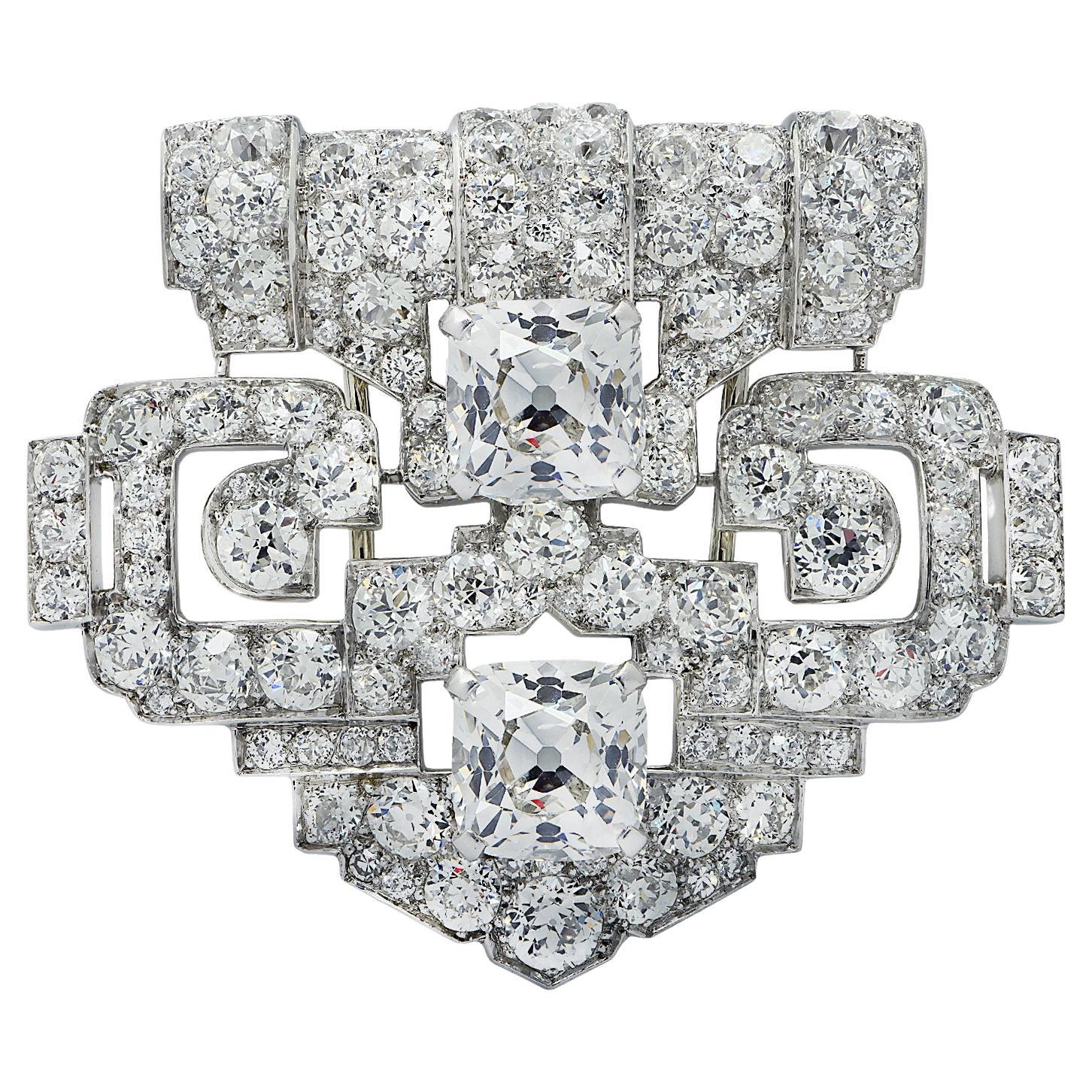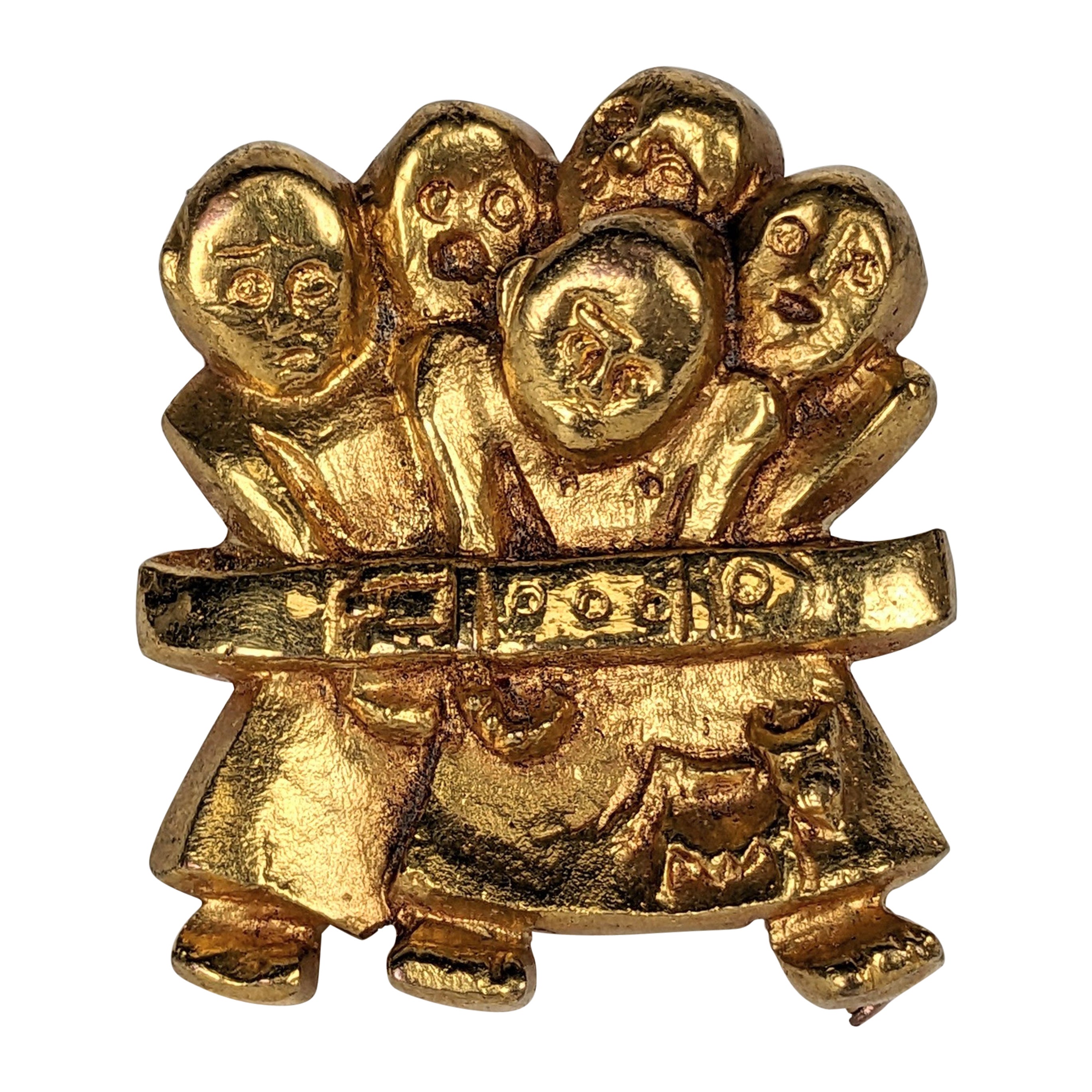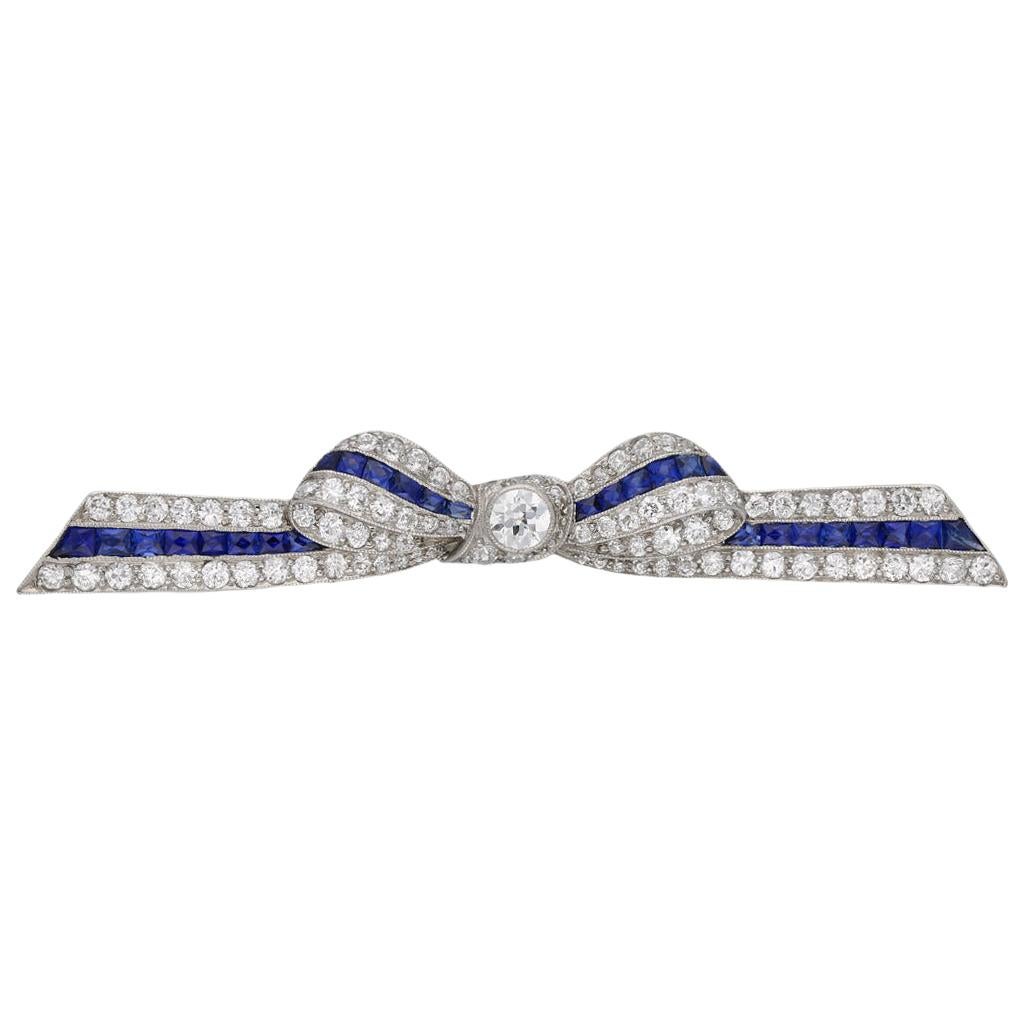Items Similar to Antique Chinese BELT BUCKLE, China XIXth century, collector's item
Video Loading
Want more images or videos?
Request additional images or videos from the seller
1 of 22
Antique Chinese BELT BUCKLE, China XIXth century, collector's item
About the Item
Antique Chinese BELT BUCKLE,
19th century China,
in gilt bronze, tourmaline and pink quarters finely engraved with a floral motif,
Very Rare, museum piece, collector's item,
length 7.3 cm, height 4.5 cm, depth 1.7 cm, weight 57 g,
very old piece, so some cracks on the stones to report (see photos).
FR:
Antique BOUCLE de CEINTURE chinoise,
Chine XIXÈME siècle,
en bronze doré, tourmaline et quarts rose finement gravé de motif floral,
Très Rare, pièce de musée, objet de collection,
longueur 7,3 cm, hauteur 4,5 cm, profondeur 1,7 cm, poids 57 g,
pièce très ancienne, donc quelques fissures sur les pierres a signaler (voir photos).
.
- Metal:Bronze
- Stone:Quartz,Tourmaline
- Stone Cut:Old Mine Cut
- Weight:57 g
- Dimensions:Height: 1.78 in (45 mm)Depth: 0.67 in (17 mm)Length: 2.88 in (73 mm)
- Place of Origin:China
- Period:19th Century
- Date of Manufacture:1800
- Condition:Wear consistent with age and use. Minor losses. pièce très ancienne, donc quelques petites fissures sur les pierres (voir photos) a signaler.
- Seller Location:SAINT-CLOUD, FR
- Reference Number:1stDibs: LU3487219512892
About the Seller
No Reviews Yet
Vetted Seller
These experienced sellers undergo a comprehensive evaluation by our team of in-house experts.
1stDibs seller since 2023
6 sales on 1stDibs
Typical response time: 6 hours
- ShippingRetrieving quote...Ships From: SAINT-CLOUD, France
- Return PolicyThis item cannot be returned.
More From This SellerView All
- CIS countess Cissy ZOLTOWSKA, Magnificent old BROOCH, vintage 50s, High FashionBy Countess Cis ZoltowskaLocated in SAINT-CLOUD, FRMagnificent large old BROOCH, 50s vintage, beads, High Fashion designer - CIS countess Cissy ZOLTOWSKA, length/height 10 cm, width 3.5 cm, very good state. Countess Cissy Zoltowska - a name synonymous with elegance and refinement - was an exceptional artist who became world famous thanks to her fascinating jewelry designs. Born Maria Assunta Frankel-Fonseca in Vienna to a Hungarian mother and an Austrian father, Austro-Hungarian nobility. She married the Polish Count Zoltowski. Cissy ZOLTOWSKA created for Pierre Balmain, Jacques Fath, Helena Rubenstein and Balenciaga, Lord & Taylor, Bergdorf Goodman. During the 50s and 60s, it designed 300 models each year for the French, German and American markets. Very few of his creations are signed and are very rare. She died in 2004 and her pieces are highly sought after and collected. FR: Magnifique Grande BROCHE ancienne, vintage des...Category
Vintage 1950s French Artist Brooches
MaterialsPearl, Mixed Metal
- CIS countess Cissy ZOLTOWSKA, Magnificent old brooch, vintage, High FashionBy Countess Cis ZoltowskaLocated in SAINT-CLOUD, FRMagnificent old BROOCH, 50s vintage, beads, High Fashion designer - CIS countess Cissy ZOLTOWSKA, presence of a trace of signature, but it is illegible...Category
Vintage 1950s French Artist Brooches
MaterialsMixed Metal
- CIS countess Cissy ZOLTOWSKA, Magnificent large vintage BROOCH, High FashionBy Countess Cis ZoltowskaLocated in SAINT-CLOUD, FRMagnificent large old BROOCH, 50s vintage, rhinestones, high fashion designer CIS countess Cissy ZOLTOWSKA, length 5.5cm, width 5.5cm, signed "made in France" good condition. Countess Cissy Zoltowska - a name synonymous with elegance and refinement - was an exceptional artist who became world famous thanks to her fascinating jewelry designs. Born Maria Assunta Frankel-Fonseca in Vienna to a Hungarian mother and an Austrian father, Austro-Hungarian nobility. She married the Polish Count Zoltowski. Cissy ZOLTOWSKA created for Pierre Balmain, Jacques Fath, Helena Rubenstein and Balenciaga, Lord & Taylor, Bergdorf Goodman. During the 50s and 60s, it designed 300 models each year for the French, German and American markets. Very few of his creations are signed and are very rare. She died in 2004 and her pieces are highly sought after and collected. FR: Magnifique Grande BROCHE ancienne, vintage des...Category
Vintage 1950s French Artist Brooches
MaterialsOther, Mixed Metal
- CIS countess Cissy ZOLTOWSKA, Magnificent old BROOCH, vintage 50s, High FashionBy Countess Cis ZoltowskaLocated in SAINT-CLOUD, FRMagnificent old brooch, 50s vintage, High Fashion designer CIS countess Cissy ZOLTOWSKA, length 3,5cm, width 3cm, very good state. Countess C...Category
Vintage 1950s French Brooches
- Louis ROUSSELET, Brooch in glass beads, FRANCE 1940, vintageBy Louis RousseletLocated in SAINT-CLOUD, FRSublime old BROOCH, 40s vintage, by famous French designer LOUIS ROUSSELET and Gripoix glass, length 8cm, width 5.5cm, good condition. A child of Ménilmontant and the popular suburbs of Paris, Louis Rousselet was born in 1892 and shared his first class benches with Maurice Chevalier, before becoming an apprentice in a pearl factory at the age of 12. Although very young, his artistic talent and strong personality made him quickly noticed. In 1920, he founded his own workshops to which he gave his name and whose specialty was imitation enamel and pearl glass beads. Coco Chanel, who then wanted to promote costume jewellery, became one of the house's first clients. Then Dior, Lanvin, Schiaparelli, Jacques Fath, Balenciaga, Balmain… For more than 60 years, all the great couturiers came to get their supplies from Rousselet, who imagined for them adornments implementing a unique know-how. The workshops employed up to 800 people. Many music hall and cinema personalities appear in the press covered with Rousselet pearls, such as Ginger Rogers during a stocking organized by Jacques Fath. Mistinguett is the face of the house and regularly strikes a pose in the workshops, surrounded by the workers and the parurier. Between 1920 and until the mid-1960s Louis Rousselet would be one of the most important Parisian fashion designers. FR: Sublime BROCHE ancienne, vintage des années 40s, par fameux parurier français LOUIS ROUSSELET et verre Gripoix, longueur 8 cm, largeur 5,5 cm, bon état général. Enfant de Ménilmontant et des faubourgs populaires de Paris, Louis Rousselet naît en 1892 et partage ses premiers bancs de classe avec Maurice Chevalier, avant de devenir apprenti dans une fabrique de perles à l’âge de 12 ans. Bien que très jeune, son talent artistique et sa forte personnalité le font rapidement remarquer. En 1920, il fonde ses propres ateliers auxquels il donne son nom et dont la spécialité est l’émail d’imitation et la perle de verre nacrée. Coco Chanel, qui souhaite alors faire la promotion du bijou fantaisie, devient l’une des premières clientes de la maison. Puis Dior, Lanvin, Schiaparelli, Jacques Fath, Balenciaga, Balmain… Pendant plus de 60 ans, tous les grands couturiers...Category
Vintage 1940s French Art Deco Brooches
MaterialsOther
- JACQUES GAUTIER, magnificent old brooch, vintage from the 60s, signedBy Jacques GautierLocated in SAINT-CLOUD, FRMagnificent old BROOCH, 60s vintage, by famous light craftsman JACQUES GAUTIER, signed, sold with its box, dimensions 4.8 x 4.8 cm, weight 45 g, very good condition, can be cleaned (on request) to regain its shine. For more than fifty years, this multi-talented artist has mainly dedicated the expression of his art to the beauty of women. Acclaimed in 1955 for his black and white geometries created for Christian Dior or Nina Ricci, he is presented as a Dali avant-garde. In 1966, he translated the Optical Art movement into jewelry. The theme of the square in hammered silver metal encrusted with another square of enamel represents one of the signatures of his style. The “Charme” translucent enamel oval bead necklace, created for Christian Dior, the “Capucine”, “Vénus”, “Marguerite” and “Violetta” models, and the dog collars with tassels, are among its emblematic models. FR: Magnifique BROCHE ancienne, vintage des...Category
Vintage 1960s French Artist Brooches
You May Also Like
- Cartier New York GIA Certified 11.24 Carat Old Mine Cushion Diamond BroochBy CartierLocated in Miami, FLMagnificent Cartier Art Deco Platinum and Diamond Brooch featuring a matching pair of important Old Mine Cut Diamonds weighing 5.60 carats and 5.64 carats. Both accompanied by a GIA report stating that they are H color VS1 and H color VS2 clarity. This brooch comes with an Expertise letter from IAJA (international Antique Jewelers...Category
Vintage 1930s American Art Deco Brooches
MaterialsDiamond, Platinum
- Carved Coral Buddha Pendant in 18k Gold Set with Diamonds, Emeralds and RubiesLocated in Honolulu, HIMAGNIFICENT large vintage Buddha pendant brooch in 18K yellow gold. This gorgeous pendant features a stunning Buddha carved in natural coral set...Category
Late 20th Century Unknown Pendant Necklaces
MaterialsCoral, Diamond, Emerald, Ruby, 18k Gold
- Line Vautrin "La Manif" Gilt Bronze BroochBy Line VautrinLocated in New York, NYGilt brooch by Line Vautrin (1913-1997), circa 1945-46. The design is known as ...Category
Vintage 1950s French Artisan Brooches
MaterialsBronze, Gilt Metal, Gold Plate, Brass
- Vintage Ruby Onyx and Diamond Classic Car BroochLocated in London, GBHere we have a superb vintage brooch. The piece has been crafted from 18ct yellow gold into the shape of a classic car from the 1930s. Automobiles of the 1930s exhibited many notable...Category
Vintage 1930s Brooches
MaterialsDiamond, Onyx, Ruby, Gold, Yellow Gold, Enamel
- Marcus & Co. Sapphire and Diamond Bow Brooch, American, circa 1935Located in London, GBSapphire and diamond bow brooch by Marcus & Co, American, circa 1935. A yellow gold and platinum bow form brooch set with one central row of twenty eig...Category
Vintage 1930s American Art Deco Brooches
MaterialsDiamond, Sapphire, Platinum
- John Brogden Shell Cameo Brooch and Earrings, English, circa 1870By John BrogdenLocated in London, GBAntique shell cameo brooch and earrings by John Brogden, English, circa 1870. A yellow gold suite of jewellery, the brooch composed of a horizontally situated oval Bull’s Mouth shell cameo of the Greek goddess Selene riding a serpentine dragon in a rubover collet setting, encircled by a conforming frame of gold beading and twisted gold wire punctuated with four gold palmette form plaques engraved and decorated with dark blue enamel and placed at the cardinal points, the reverse mounted with a hinged pin and scroll clasp, the earrings each composed of a vertical oval Bull’s Mouth shell cameo engraved with a bust length portrait of Selene with crescent-set headdress, encircled by a conforming frame matching that of the brooch with the addition of a pendant decoration composed of a horizontal bar of gold beading and twisted gold wires suspending gold link chains graduated from centre and ending in conical gold elements, the reverses mounted with French wire fittings, all in a fitted red leather case, the interior marked ‘FIRST CLASS PARIS MEDAL/ 1855.1867.1851/ PARIS FIRST CLASS & LONDON PRIZE MEDALS/ JOHN BROGDON/ Goldsmith/ MANUFACTORY/ 16, Henrietta St. Covent Garden/ London’. The cameo—defined as a gem, usually either a mineral or a shell, upon which a design has been carved in relief—is believed to have originated in Hellenistic Greece, during the third century BC. These miniature sculptures, at that time confined to the medium of hardstone, are thought to have been made with the primary purpose of personal adornment. The same practice of mounting cameos in jewellery was then continued by the Ancient Romans, and they are known to have been worn by many a Roman emperor. After the fall of Rome the fashion for cameos went into a decline, until it was again revived during the Renaissance period, brought about by a keen interest in the ancient world. At this time both antique and contemporary cameos were mounted in jewellery, as well as collected as objet d’art. The art of cameo cutting was revived in Italy, where it would remain a centre for the coming centuries. Again there was a lull in interest in carved gemstones, until the Neoclassical revival of the eighteenth century, largely stimulated by the discoveries of the ancient Roman cities of Pompeii and Herculaneum. As with the Renaissance, antique specimens were generally prized over modern cameos, and the worldliest men in Europe held them among their collections of art and antiques. That said, carving centres in Rome and Torre del Greco (near Naples) in Italy were established in response to the demand of the Grand Tourists, who travelled to Italy and Greece to become educated in the wonders of the ancient world. It was at this time that shell cameos, mostly made in Torre del Greco due to its proximity to the sea, became more popular, owing to the relative ease in carving shell over hardstone. In addition to Rome, hardstone cameos also became a specialty of Idar Oberstein, Germany, which had a long history with both the gem mining and cutting trade. In a shift away from the collector’s cases of the previous century, the nineteenth century saw a strengthening in the fashion for wearable cameos. After the Empress Josephine donned a cameo-set suite of jewellery at the coronation of Napoleon in 1804, cameo jewellery became all the rage. Napoleon played a further hand in promoting the art by establishing a gemstone carving school in Paris, inspired by his appreciation for the arts of the ancient world. By the mid-nineteenth century shell cameos, in part due to their lightness compared with hardstone cameos, were the height of fashion. Large shell cameos as well as hardstone cameos were set into contemporary mounts, often as suites of jewellery. Some of the best cameos of the nineteenth century—carved by a select group of recognized carvers—were set into revivalist mounts, corresponding to the subject matter. In Victorian England cameo jewellery was particularly prized, due in part to the fact that the Queen owned and wore a number of cameo jewels. One example which can often be seen in official portraits is the Badge of the Order of Victoria and Albert, carved by Tommaso Saulini of Rome, who also produced cameos for the maker of the present suite, John Brogden. To meet demand some carvers set themselves up in London, including William Schmidt, a German carver from Idar Oberstein, who produced cameos for top London jewellers, including Brogden, Carlo Giuliano and Child & Child. In fact, Schmidt purports to have been the first to carve cameos out of opal, which Brogden reportedly displayed in the Paris Exhibition of 1878. An extant example, now in the collection of the British Museum, was set by the Giuliano firm. Regarding subject matter, cameos throughout time have been largely figural, from bust length profile portraits to scenes with multiple full-length figures, and sometimes animals. Ancient Greek and Roman cameos often depicted mythological scenes as well as contemporary figures. During the Renaissance, mythological scenes were popular, often taken directly from ancient sculpture, as well as portraits of notable contemporary figures. During the eighteenth and nineteenth centuries, due to the revivalist styles, both Renaissance and Classical subjects were copied and set into matching (and sometimes unmatching) revivalist mounts. From the Renaissance through the Victorian era, being able to recognize the source of the carving in a cameo was a mark of erudition, revealing in the wearer knowledge of Classical art. As mentioned, the present cameo parure...Category
Antique 1870s English Victorian Brooches
MaterialsYellow Gold
Recently Viewed
View AllMore Ways To Browse
Collectors Item
Buckle Jewelry
Jewelry Belt
Antique Jewellery Collectors
Antique Jewelry Collectors
Antique Jewelry Museum
Antique Chinese Jewlery
Antique Buckles
Fr Jewelry
Engraved Belt
Antique Pink Rose China
Collection Objet Antique
Buckle With Stones
Chinese Belt
Antique Belt Buckles
Antique Buckle Belt Buckles
Pink Tourmaline Brooch
Antique Belts And Buckles





